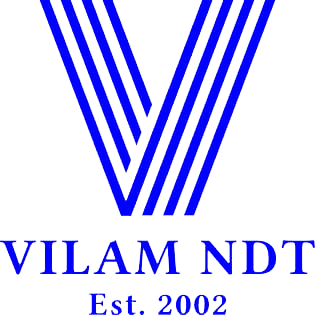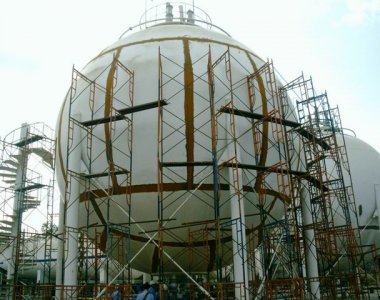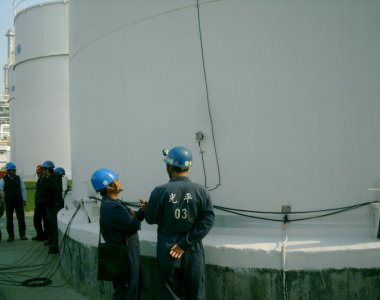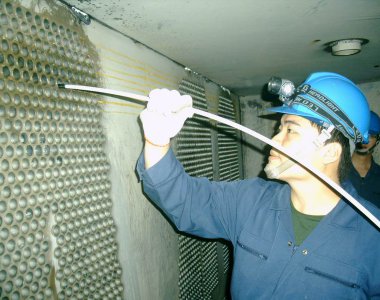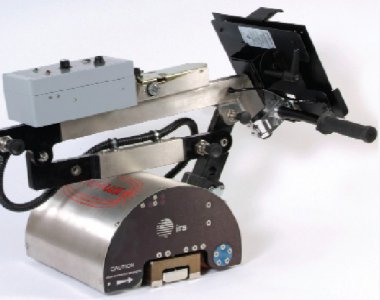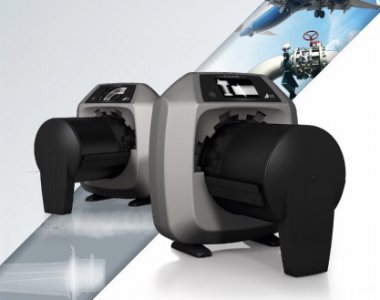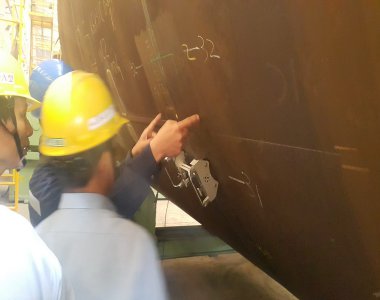Guided Wave testing (GWT) is one of latest methods in the field of non-destructive evaluation. The method employs mechanical stress waves that propagate along an elongated structure while guided by its boundaries. This allows the waves to travel a long distance with little loss in energy. Nowadays, GWT is widely used to inspect and screen many engineering structures, particularly for the inspection of metallic pipelines around the world. In some cases, hundreds of meters can be inspected from a single location. There are also some applications for inspecting rail -tracks, rods and metal plate structures.
Guided wave testing uses very low ultrasonic frequencies compared to those used in conventional UT, typically between 10~100kHz. Higher frequencies can be used in some cases, but detection range is significantly reduced. In addition, the underlying physics of guided waves is more complex than bulk waves.
Advantages
- Long range inspection - potential to achieve hundreds of meters of inspection range.
- Limited access - insulated line with minimal insulation removal, corrosion under supports without need for lifting, inspection at elevated locations with minimal need for scaffolding, and inspection of road crossings and buried pipes.
- Data is fully recorded.
- Fully automated data collection protocols.
Disadvantages
- Interpretation of data is highly operator dependent.
- Difficult to find small pitting defects.
- Not very effective at inspecting areas close to accessories.
- Needs good procedure
.jpg)




